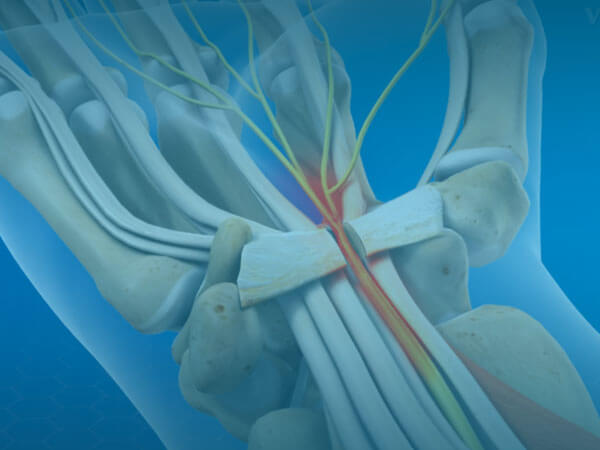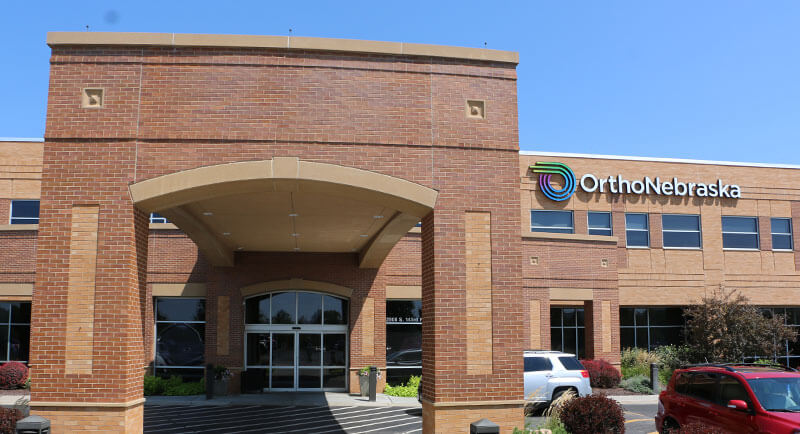What is a Carpal Tunnel Release?
The surgeon cuts the ligament around the carpal tunnel. This takes the pressure off your median nerve, hence the term ‘release’ to describe the surgery. The ligament will regrow after surgery.
Who should have a Carpal Tunnel Release?
Nonsurgical treatments are often tried first. These consist of by using a brace or splint, taking medications, changing activities/behavior or receiving steroid injections. Typically, these offer temporary relief.
How Well Does Carpal Tunnel Release Work?
With a general success rate of over 90 percent for pain relief, a carpal tunnel release is considered a very low risk and high reward surgery. It carries the same risks as any surgical procedure, including blood clotting, infection and reaction to anesthesia. However – performed with a endoscope (minimally invasive) – this surgery has a low complication rate. Most patients will be offered the surgery via endoscpe, though some might need to do open surgery.
What Can I Expect When I Have a Carpal Tunnel Release?
After you schedule surgery, you may need a pre-surgical physical to make any necessary accommodations based on your health history. When you arrive at the hospital, you’ll speak to your surgeon. The surgery can be performed under both general anesthesia (fully asleep) or regional anesthesia (local pain control, awake), depending on the individual. You’ll discuss that with your anesthesiologist the morning of surgery. Carpal tunnel release is an outpatient surgery, meaning you will go home the same day.
Some pain and swelling are common after the surgery, and complete recovery may take up to 18 months. Physical therapy may be recommended to assist in regaining grip and pinch strength.











